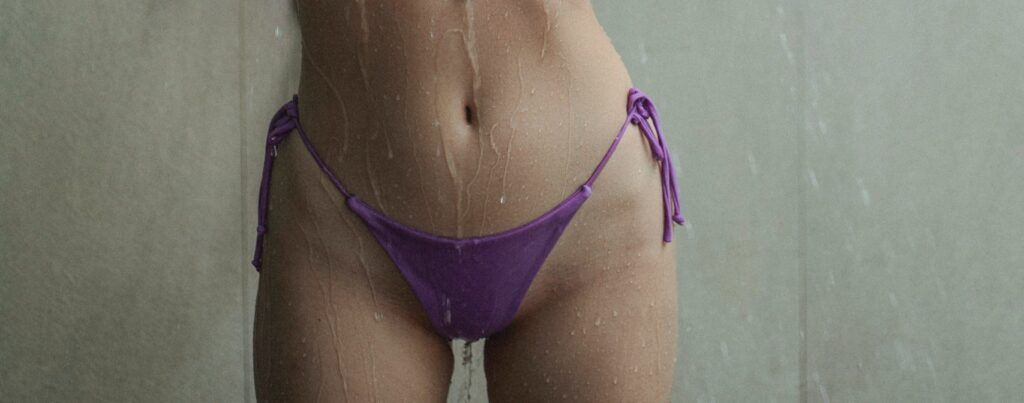
6 Benefits of Labiaplasty
No one likes to talk about oversized labia, but this is a concern for millions of women. If wearing a bathing suit or leggings fills

What to Expect from Breast Reduction Surgery
For women with larger or heavy breasts, a breast reduction surgery is a welcome solution to chronic shoulder and back pain, skin irritation, and even the emotional

Tummy Tuck or Belt Lipectomy – Which is Right for You?
If you’ve lost a large amount of weight, have had children, or are experiencing body changes due to aging, having a toned, trim midsection may

Lifestyle Factors That Accelerate Aging and How a Face Lift Can Help
Wrinkles, volume loss and sagging skin may be a natural part of aging, but why is it that people age at different rates? For example,

From Piercing Scars to Pregnancy: How Umbilicoplasty Can Restore Your Tummy
Pregnancy, weight loss, a scar from a belly button piercing, an abdominal hernia, or even just genetics can affect how your belly button looks, whether

How Long Do You Have to Wait to Have Plastic Surgery After Having a Baby
After going through nine long months of pregnancy, plus labor or a c-section, you’re more than ready to get your pre-baby body back. However, losing

Umbilicoplasty (Belly Button Surgery) in Raleigh
If the shape of your belly button makes you self-conscious, umbilicoplasty, sometimes called “belly button surgery”, is a minimally-invasive surgery to reshape your navel. Pregnancy,

Recovering From a Breast Augmentation
Getting breast implants/a breast augmentation is one of the most popular cosmetic surgery procedures. The risk of complication is low and the recovery period is typically straightforward.
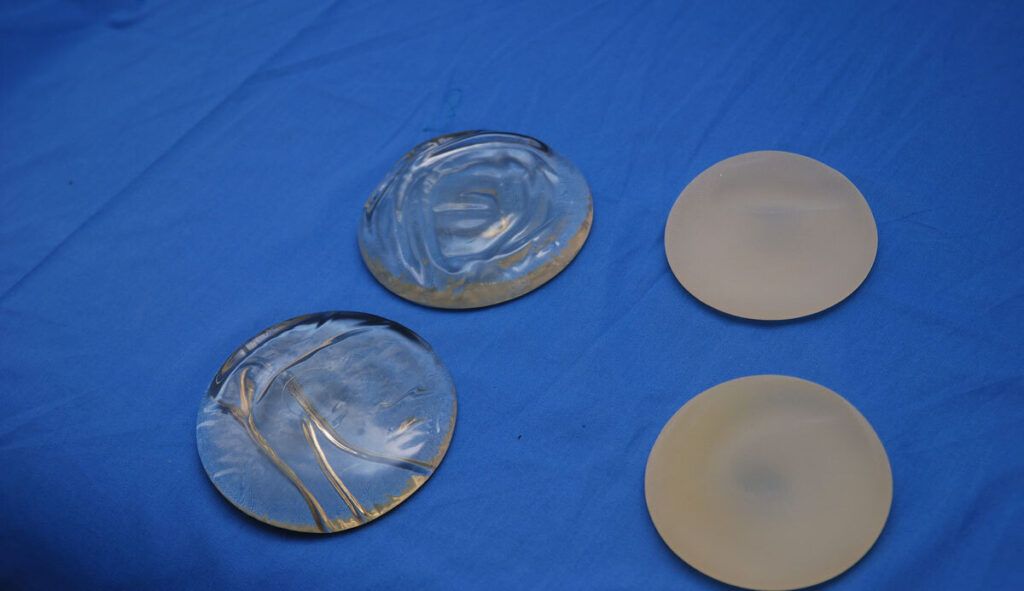
What to Expect from Breast Implant Removal Surgery
For women with breast implants, it’s important to have them replaced usually between 10 to 15 years. While some women may choose to have a breast

Long Term Benefits of Breast Reduction Surgery
If you are uncomfortable with having large breasts, whether you’re experiencing physical pain or struggle with confidence and self-esteem, you may be considering breast reduction

Where on Your Body Can You Get Liposuction?
Liposuction is one of the most common plastic surgery procedures performed in the United States, designed for helping women and men get rid of stubborn

When Ok To Excersise After Breast Augmentation
During consultations with patients seeking breast augmentations, one of the questions our Raleigh plastic surgeon is asked frequently is when they can exercise after breast augmentation. Many of

Join Us for Our Annual Open House
If you are ready to get fresh-faced for fall, we want to take the opportunity to invite you to our annual open house at our plastic

What to Expect from Liposuction Recovery
When areas of stubborn fat won’t go away, even with diet and exercise, liposuction is a safe, proven solution. In fact, in 2020 alone, over 210,000 liposuction

10 Tips for a Flat, Toned Tummy
Tired of hiding a muffin top behind baggy clothes or wishing to wear a bikini with confidence this summer? We’re sharing 10 tips to help

7 Ways to Get Rid of Under Eye Bags
Are you tired of being asked if you’re tired? Under-eye bags, including puffiness and sagging, are a common problem, making you look tired, older, or

Should You Keep Your Plastic Surgery a Secret?
You are ready to feel more confident in your appearance, so you’ve made the decision to have cosmetic surgery. While you’re excited to get your

Tips for Getting Great Results from Your Tummy Tuck
When you’re uncomfortable with having a bit of extra fat or loose skin around your belly, a tummy tuck is an excellent way to get the trim,
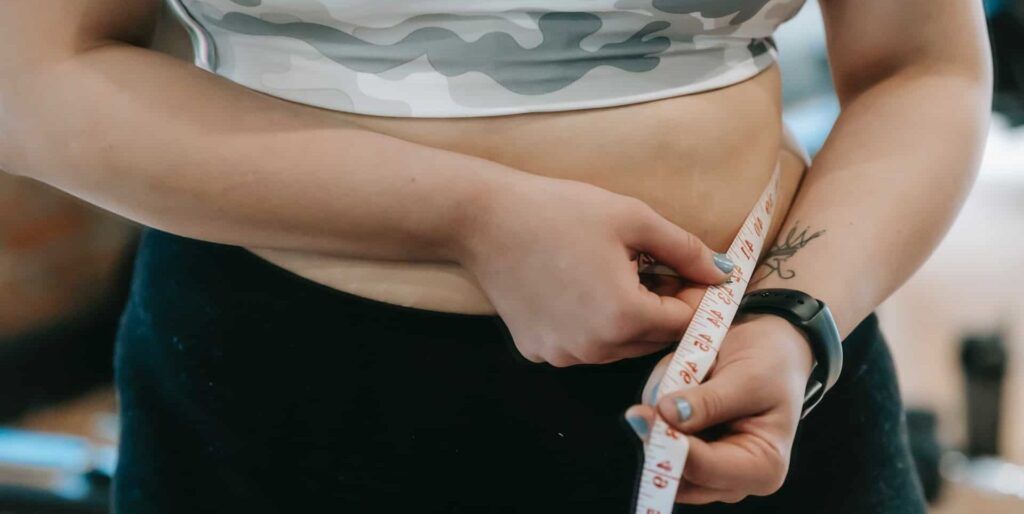
The Importance of Weight and BMI on Plastic Surgery
If you are considering liposuction, a tummy tuck, or even a mommy makeover to get rid of extra weight and excess fat, you may be surprised to discover that

Open or Closed Rhinoplasty – Which One Is Right for You?
If you’re unhappy with the shape of your nose, or you have difficulties with sleeping or breathing clearly due to a misshapen bridge or previous

Why Winter Is the Best Time for a Brazilian Butt Lift
You want a rounder, fuller backside and have decided the Brazilian Butt Lift is right for you! The problem you’re now facing is the timing – when

What to Ask During Your Breast Augmentation Consultation
If you’re considering breast augmentation surgery, you’ve probably done quite a bit of research on your own to start with. However, it’s normal to have questions

What Can You Expect from Your Brazilian Butt Lift Recovery
The Brazilian Butt Lift is a popular cosmetic procedure that adds shape and volume to your backside through a minimally invasive procedure. But, like any cosmetic procedure,

Brazilian Butt Lifts & Other 2020 Plastic Surgery Trends
Cosmetic surgery juxtaposes beauty with medicine, so as beauty trends change and medicine continues to evolve with new procedures and techniques, we see how these

What to Expect When You Get a Breast Augmentation
If you’re considering breast augmentation, you’re undoubtedly wondering what to expect. How long does the procedure take? How much time will you need to take off

What Is A Mommy Makeover?
Over the past several years, a plastic surgery procedure called a “mommy makeover“ has gotten a lot of attention, but what is it? What is

Recovering from a Mommy Makeover
A mommy makeover is a combination of procedures designed to improve the look and feel of the parts of the body that are most impacted by pregnancy.
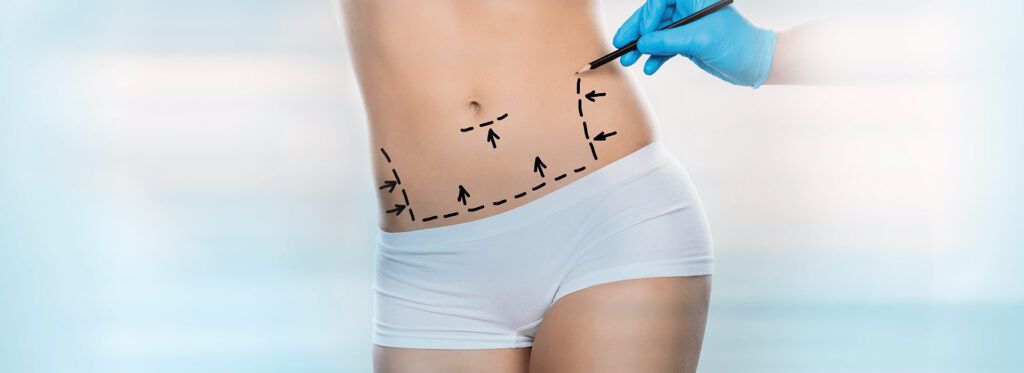
Tummy Tuck vs Lipo: What is the Difference?
If you’re carrying extra weight around your midsection that you can’t seem to lose, you may be considering plastic surgery to help you get the

Quitting Smoking & Vaping Before Plastic Surgery
If you plan on having plastic surgery or have started reading up on having breast augmentation or tummy tuck, you may have seen that you should stop using

Is Lipo 360 Right for You?
Whether it’s a bit of post-baby bulge or love handles, stubborn areas of fat hang around your mid-section, and no amount of diet or education

How to Minimize Scarring After a Face Lift
If you want to restore a more youthful appearance and reduce sagging around your nose, mouth, and chin, a face lift can be the solution. Face lifts

Now Offering Obagi Medical Skincare Products
At North Raleigh Plastic Surgery, we are dedicated to helping you look your best and live your most confident life. While our cosmetic procedures, including

How to Get Natural Looking Breast Implants
For many women who are considering breast augmentation, their biggest concern is whether their breasts will look natural or if it will be obvious they had
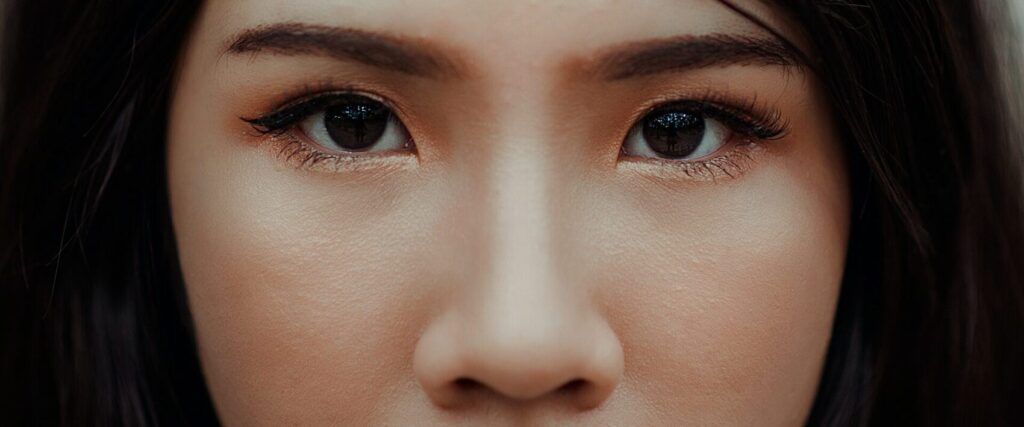
Rhinoplasty Recovery – What You Need to Know
For people who are unhappy with the size and shape of their nose, rhinoplasty, more often called a nose job, is a solution that helps them

Is Liposuction Safe?
If you have areas of stubborn fat deposits that exercising and dieting leave behind, liposuction is an effective way to get rid of them. However, one of

How to Fix Sagging Breasts
Plastic Surgery Procedures to Correct Sagging Breasts It is a completely normal part of life to see our bodies change as we get older. For

How to Sleep After Breast Augmentation
After breast augmentation, many women find it difficult to sleep, especially if they’re used to sleeping on their stomachs. Discomfort, getting used to a new position,

How to Prepare for a Brazilian Butt Lift
If you’re unhappy with a flat or sagging backside and would love to have a curvier, more hourglass-shaped figure, you’ve probably been considering a Brazilian butt

How to Get the Best Results from Dermal Fillers
Dermal fillers, such as Juvederm® and collagen treatments can fill fine lines and wrinkles and give your skin a smoother, more youthful appearance and keep

How to Prepare for Cosmetic Plastic Surgery Recovery
After months of researching, internal debate, and consultations, the cosmetic surgery you’ve been dreaming of is fast approaching. You are excited to be that much

How to Recover Emotionally from Cosmetic Surgery
Before you have cosmetic surgery, you are expecting to feel like an entirely new person – confident, happy, and in love with how you look.

How to Maintain Your Brazilian Butt Lift
You want a curvier, rounder backside, and, after weighing your options, you’ve decided a Brazilian butt lift is right for you. After all, it’s minimally

How to Maintain Results After a Tummy Tuck
If you have recently had abdominoplasty, or a tummy tuck, or you’re considering having this procedure done, we know you want to keep your flatter,
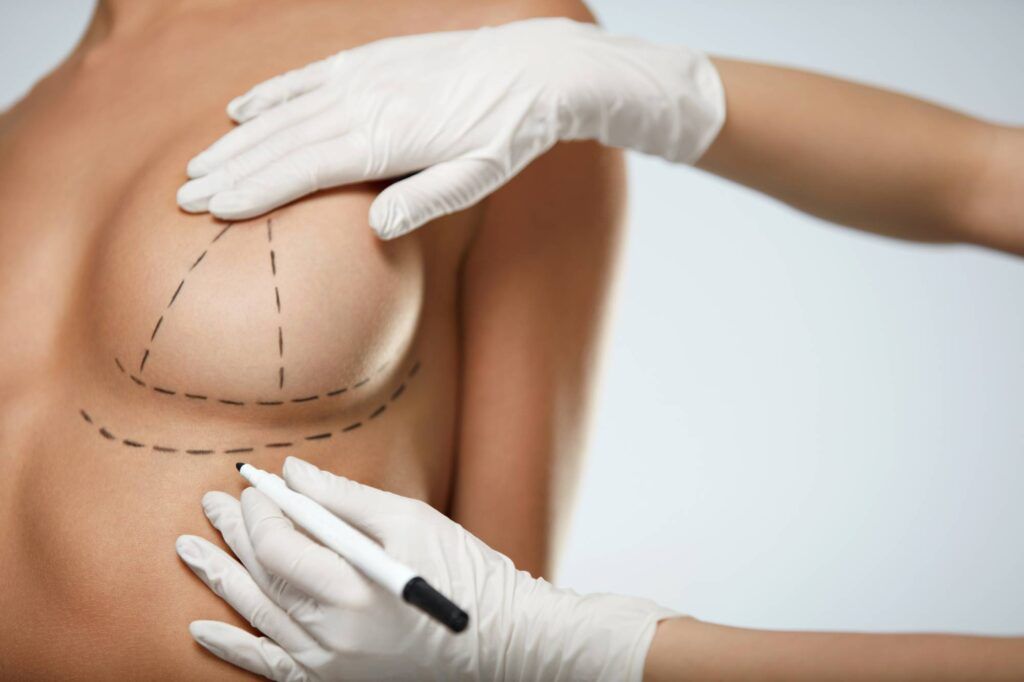
How Often Should Breast Implants Be Replaced?
Most people know that breast implants don’t last forever and will need to be replaced every so often. What most people don’t know, is just how often

4 Ways to Get Your Confidence Back After Having a Baby
Becoming a mother can be the most rewarding experience, but it’s also incredibly challenging.In fact, studies show that a majority of women experience decreasing self-esteem during

Choosing Saline or Silicone Breast Implants
If you are considering breast augmentation, there are a lot of factors that go into making sure you get the results you want, such as
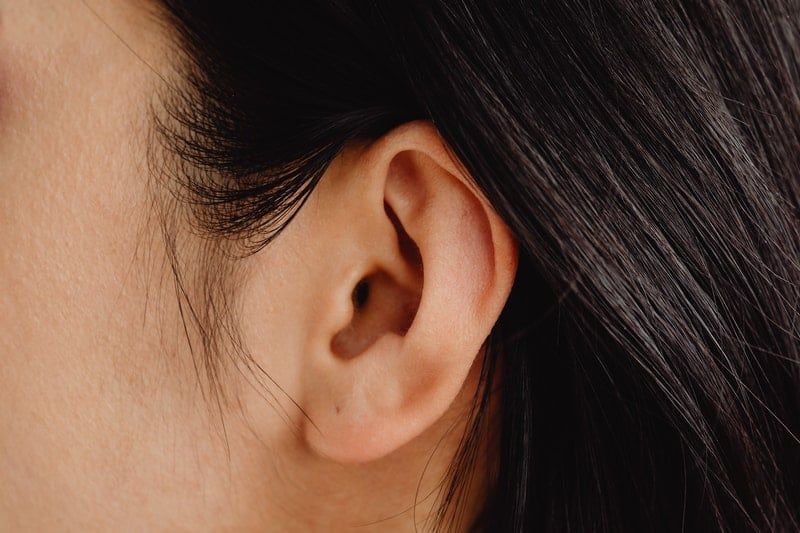
Choosing Otoplasty as an Adult
For many people with large ears or ears that stick out, this is a source of self-consciousness and embarrassment. Maybe schoolyard bullying led to sensitivity

Choosing a Full or Mini Tummy Tuck – Which One is Best for You
You’d love to have a flat, trim tummy, but no matter how much you diet or how many crunches you do, you still have a

Chemical Peels: Everything You Need to Know
North Raleigh Plastic Surgery is excited to now offer chemical peels, including the sought-after VI peel. If you are considering a non-invasive, non-surgical skincare treatment,

Brow Lift or Eyelid Surgery: Which is Right for You?Is Eyelid Surgery Right for You?
Fine lines, wrinkles, and drooping or sagging skin around the eyes are often some of the first visible signs of aging. If you’re uncomfortable or
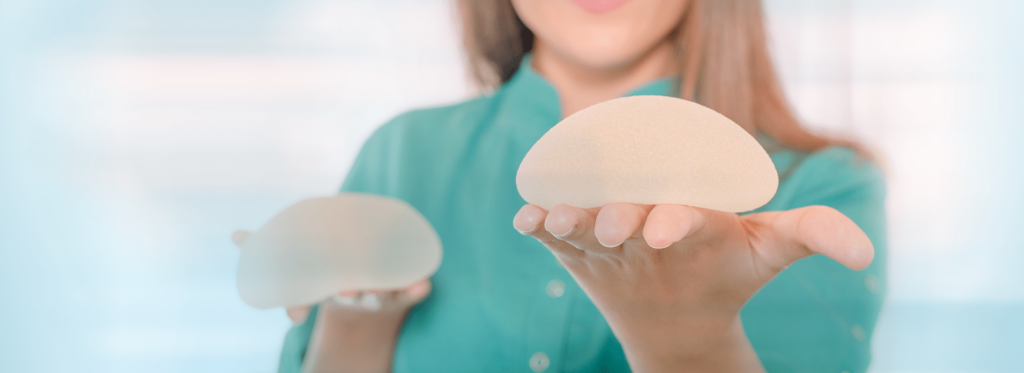
Which is Right for Me: a Breast Lift or Breast Augmentation?
When a patient is looking to enhance the appearance of their breasts, chances are they’re considering either a breast lift or breast augmentation (breast implants). These are both
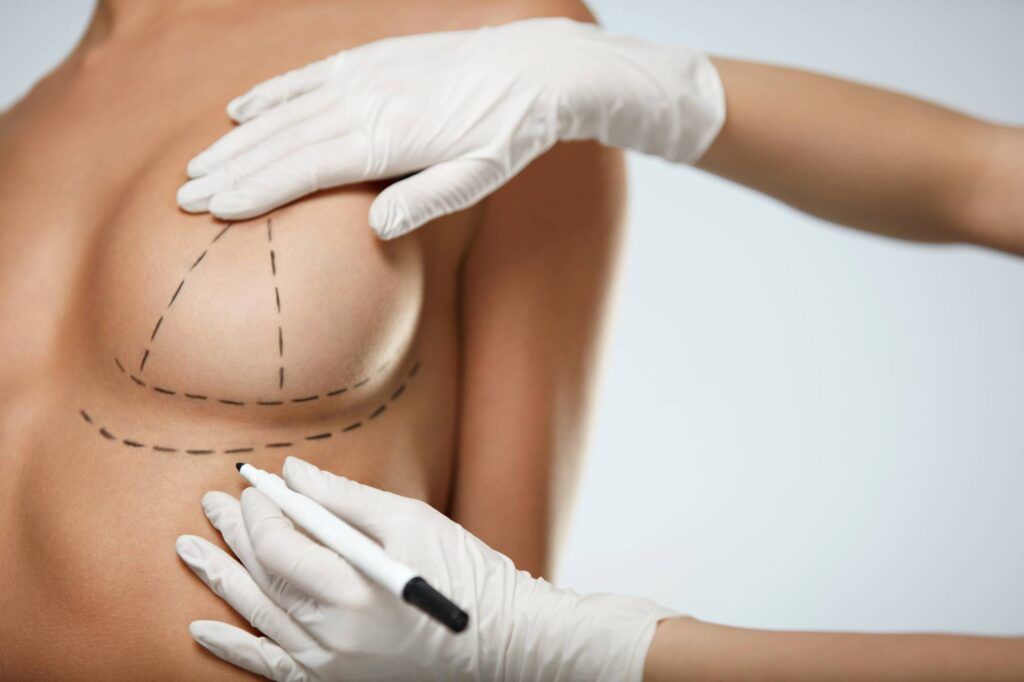
Is a Breast Lift the Solution to Pregnancy & Post-Partum Breast Changes?
It’s no secret that pregnancy causes dramatic changes in a woman’s breasts. Often, tenderness, swelling, and feeling fuller is one of the first symptoms a
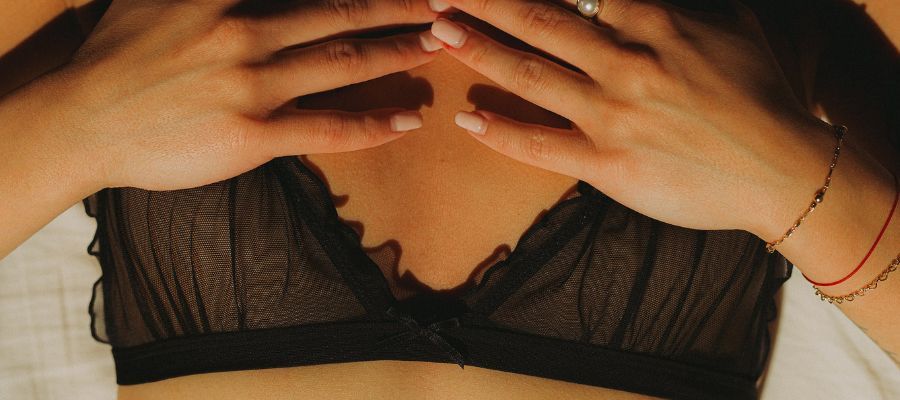
Procedures that Improve Breast Symmetry
Plastic Surgery Options to Correct Breast SymmetryFor women who cannot easily hide their unevenly shaped breasts behind clothing, special bras, or even prostheses, a more

Can You Breastfeed after Breast Augmentation? Yes!
If you’ve had a breast augmentation procedure and are now either pregnant or wanting to start a family, you may be concerned about whether you
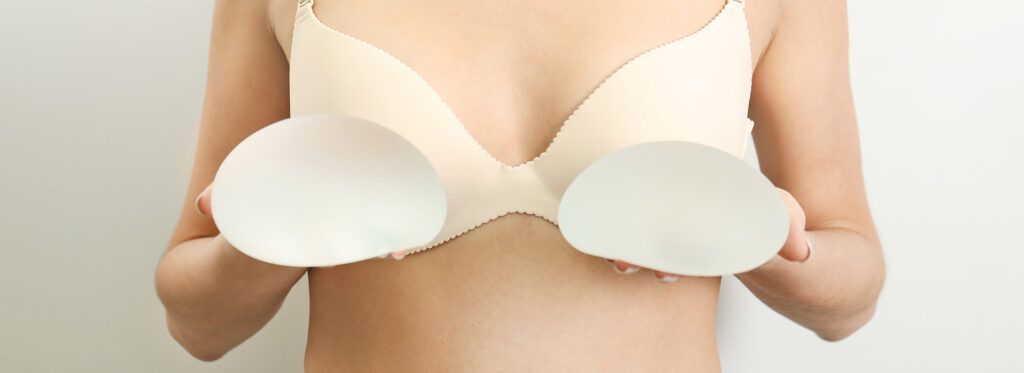
How Do I Choose The Right Breast Implant Size?
If you are considering breast implants, often known as a breast augmentation procedure, you might feel overwhelmed at the idea of choosing the right implant size

Breast Implant Ruptures and Treatment Solutions
At North Raleigh Plastic Surgery, Dr. Ortiz performs countless breast augmentation procedures each year. During the initial consultation, many patients ask about the risks of

Body Contouring and Plastic Surgery Options Following Extreme Weight Loss
If you’ve lost a significant amount of weight, you should be proud of your accomplishment and of the work you’ve done to live a healthier

What Does it Mean When a Plastic Surgeon is Board Certified?
You may have seen some plastic surgeons, like Dr. Ortiz, describe themselves as being “board certified”. But do you know what that means? Since cosmetic
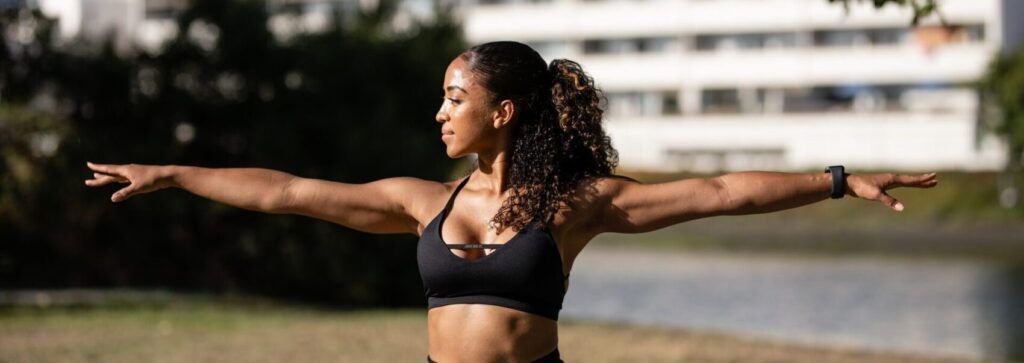
The Best Exercises After Breast Augmentation
After you have breast augmentation surgery, it’s important to rest and avoid strenuous activities, but once you’re feeling better, you may be ready to start working
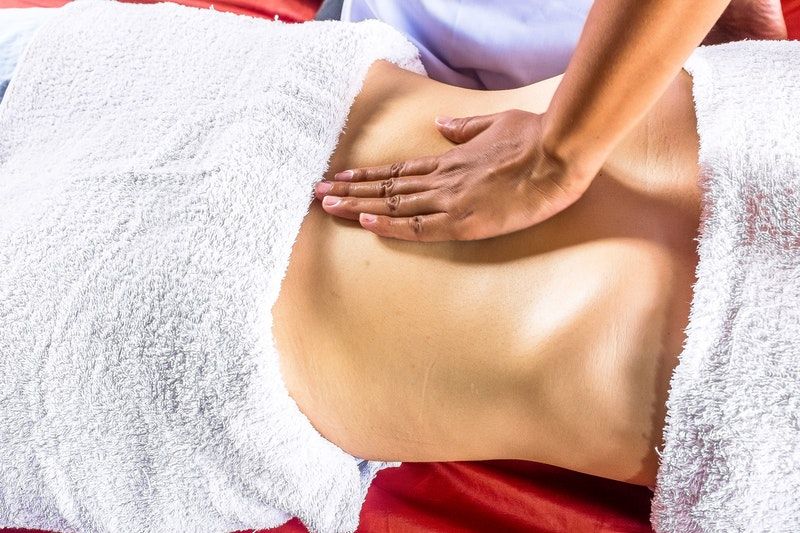
Benefits of Lymphatic Massage after Cosmetic Surgery
After you have plastic surgery, particularly a body procedure like a tummy tuck, liposuction, or a mommy makeover, you want to heal as quickly as

Are Brazilian Butt Lifts Safe?
If you dream about having a more hourglass-type figure with a rounder, firmer backside, you’ve probably given some thought to having a Brazilian butt lift. You

6 Tips to Make Botox Injections Last Longer
If you have received Botox injections, or you’re considering getting them to reduce the appearance of wrinkles and reclaim a smoother, more youthful appearance, you know

Difference Between Buttock Lift, Buttock Lift w/ Auto Augmentation, and BBL
At North Raleigh Plastic Surgery, we understand that your journey towards enhanced confidence and well-being begins with a choice of which surgical procedure works best

Talking to Your Loved Ones About Plastic Surgery
At North Raleigh Plastic Surgery, our board-certified plastic surgeon, Dr. Ortiz, has seen firsthand how the support and understanding of loved ones enhance the experience of getting a cosmetic procedure. Whether you need support on the day of your surgery or you have someone at home who can assist you with aftercare, choosing people in your life who you trust to share your plastic surgery goals with can help make your plastic surgery journey a positive event.
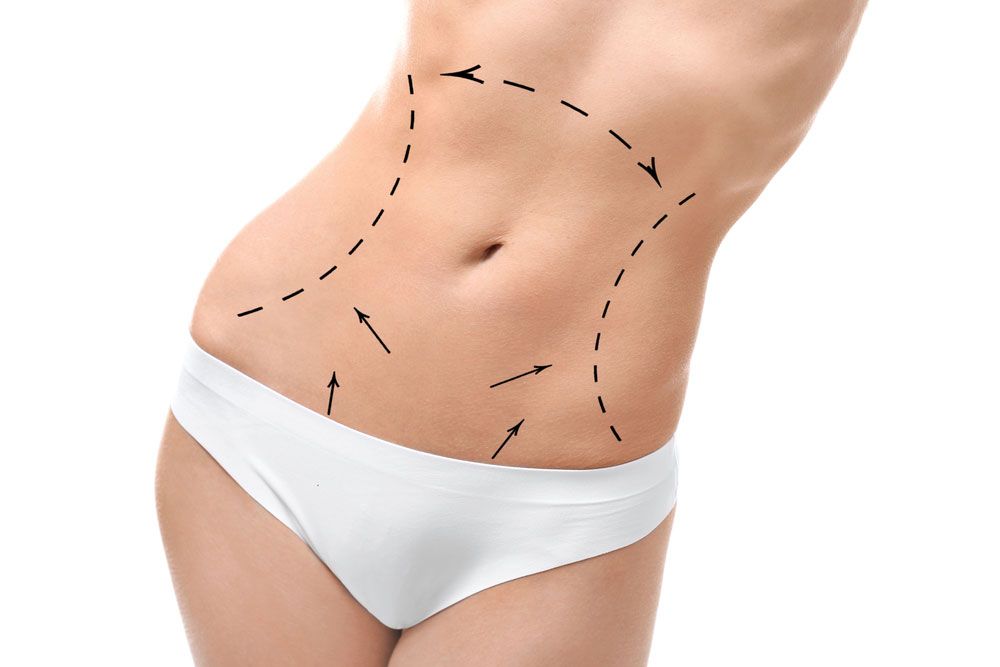
Liposuction vs Coolsculpting
The recovery process for liposuction will take between 1 to 3 months before you see the full results of your liposuction surgery, whereas the recovery for a coolsculpting procedure usually takes around 3 weeks after your final session before seeing the first signs of results. While the liposuction recovery process takes longer than the coolsculpting recovery process, the results of liposuction are much more significant and long-lasting.
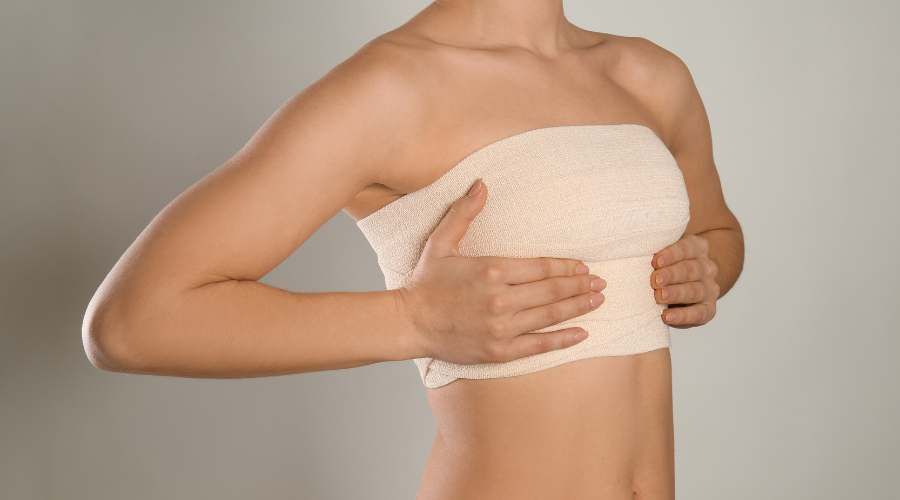
Breast Lift Incision Options
North Raleigh Plastic Surgery has the solution to your breast ptosis, whether it’s minimal and needs a slight lift or is more severe, our Raleigh board-certified plastic surgeon can perform a breast lift procedure so you start to love your body again.
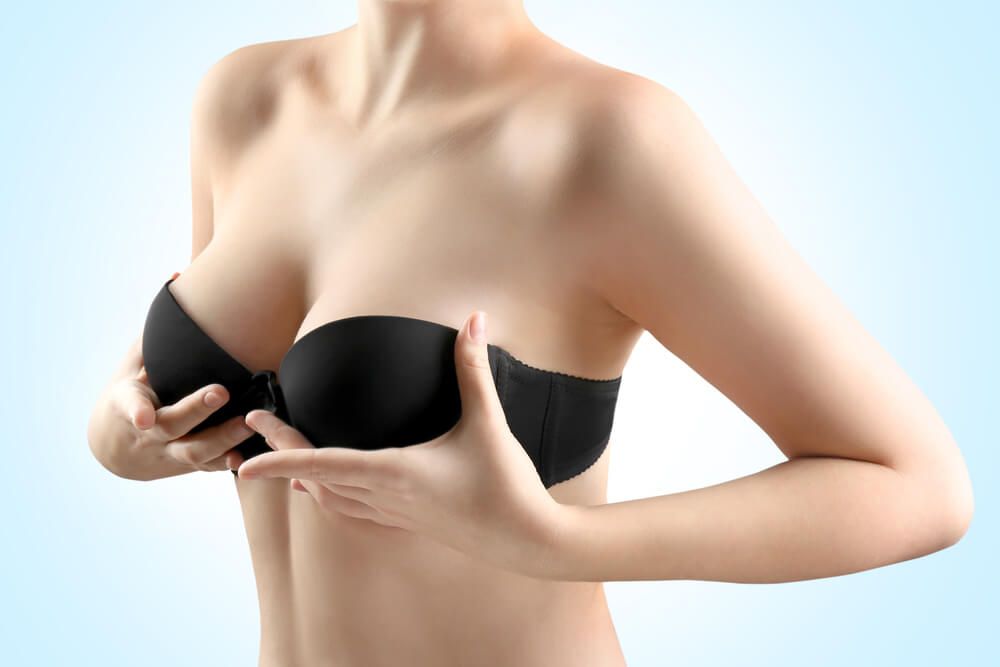
Options for Improving the Shape of Tuberous Breasts
Luckily, people who are self-conscious about their tuberous breasts have options for corrective surgery. Opting for a breast surgery procedure for your tuberous breasts can make a world of difference– from improved self-esteem, physical comfort, and increased ability when breastfeeding, to gaining confidence in intimate settings as well as feeling better about yourself in clothes, the benefits of getting a breast procedure to improve the appearance of your tuberous breasts can be life-changing.

Reasons to Get Plastic Surgery After the Age of 50
The 21st century has shown an increase in social acceptance of plastic surgery for people of all ages and genders– but for women over the age of 50 who have toyed with the idea of getting a plastic surgery procedure in the past, they’ve come to realize that since that stigma no longer exists, they feel more comfortable pursuing it as an avenue toward loving and accepting their bodies.

Breast Augmentation Scars – Everything You Need to Know
We have everything you need to know about breast implant scars– from the types of augmentation surgeries that leave scars, what the scar looks like, and all the other frequently asked questions breast implant patients have as their surgery day gets closer.

Most Popular Plastic Surgery Procedures by Age Demographic
People of any age demographic can consult with a plastic surgeon about the surgery choices that are right for them and their body, and achieve their goals. Just because something is popular with 40-somethings does not mean that you cannot undergo that procedure in your 20s. Regardless of your age, if you are unhappy with a part of yourself, our Raleigh board-certified plastic surgeon can help!
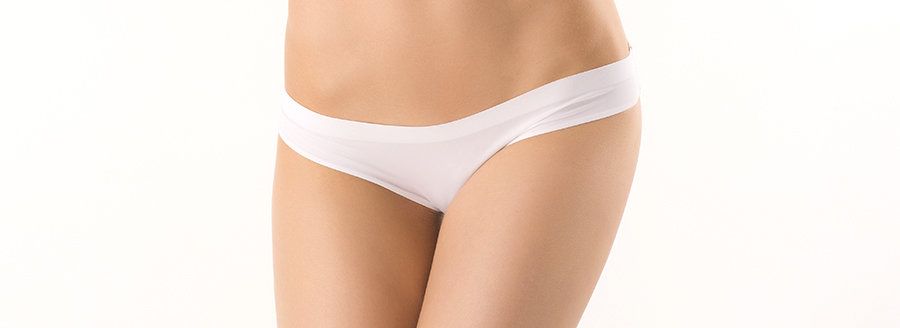
Labiaplasty Recovery Process
Everyone deserves to feel comfortable, confident, and beautiful in their own skin. Having a plastic surgery procedure often results in improved mental health, increased self-esteem,

Choosing Fat Transfer for Breast Augmentation vs Breast Implants
Many women choose breast augmentation to feel confident and beautiful, add symmetry to uneven breasts, or recreate the appearance of breasts after a mastectomy. Whatever your reason for considering breast augmentation, it’s important to speak to a board-certified plastic surgeon to answer any questions and understand what type of breast augmentation surgery is best for you.

Most Popular Plastic Surgery Procedures of 2023
While plastic surgery procedures were down in 2020 (not surprising, due to COVID-19), the industry saw a significant rise in procedures in 2021. While there

How to Finance Plastic Surgery
Best Way to Finance Plastic Surgery in Raleigh You’ve made the decision to get a surgical procedure that you’ve wanted for a long time. After

How to Make a Big Forehead Look Smaller
If you’ve felt that your forehead is too big and that your hairline is too high, this can be a source of self-consciousness and can

Brow Lift or Eyelid Surgery: Which is Right for You?
Fine lines, wrinkles, and drooping or sagging skin around the eyes are often some of the first visible signs of aging. If you’re uncomfortable or

Most Common Plastic Surgery Procedures for Men
While there’s a commonly held belief that only women get plastic surgery, that’s far from the truth. Men also want to look fit and youthful

Join Us for Our Annual Open House
If you are ready to get fresh-faced for fall, we want to take the opportunity to invite you to our annual open house at our plastic

5 Questions You You Might Be Afraid to Ask About a BBL
You want a rounder, firmer backside, but no amount of squats or lunges are adding the volume you want. Now, you’re ready to take the

Is Liposuction Safe?
If you have areas of stubborn fat deposits that exercising and dieting leave behind, liposuction is an effective way to get rid of them. However,
